Submissions are in on the Victoria-New South Wales Interconnector (VNI) West upgrade options, published by AEMO in December and undergoing the required Regulatory Investment Test for Transmission (RIT-T). Among the submitted clarifications and considerations — such as issues of rights of way, consideration of the 2,000 MW Star of the South offshore wind farm, and a submission by AusNet Services for a transmission route not yet on the agenda — is a proposal by Fluence to temporarily, if not permanently replace traditional infrastructure with mega-scale battery energy storage systems (BESS) as virtual transmission.
The Fluence submission, labelled Call for non-network options—VNI West. It presents a solution somewhat provocatively as deployable by December 2021 (“an accelerated timeline can be provided if required”), accentuating the snail’s-pace regulated process of transmission approval and build out, which would see traditional interconnector augmentation in place in 2028.
Jaad Clifford-Bolt, Senior Manager of Business Development of Fluence in Australia, tells pv magazine, “Our statement about getting things done in the near term is really doing two things: it’s a bit of a challenge to say we could do this soon, but obviously there’s a process to run and that’s the rules.”
It also alludes to calculations that, “every month that this asset doesn’t get built is a substantial amount of money or value lost”, he says.
A critical need is identified
The RIT process can only be initiated in response to an identified need: in this case for additional transfer capacity between NSW and Victoria, to maintain power supply reliability in Victoria as coal-fired generation declines and retires; to facilitate efficient development and dispatch of generation from high-quality renewable resources in Victoria and southern New South Wales; and to enable more efficient sharing of resources between regions of the National Electricity Market (NEM).
Limiting or delaying any of these needs presents both reliability and cost risks to the community — taxpayers, who will pay both for emergency remediation of system failures and for the ultimate transmission solution, whenever it is delivered.
The four “proposed credible options” for augmentation presented by AEMO in its Project Specification Consultation Report have estimated costs varying from $735 million for 350 km of new 330 kV transmission lines between South Morang to Murray; to $1855 million for 605 km of new 500 kV transmission lines between North Ballarat and Wagga Wagga.
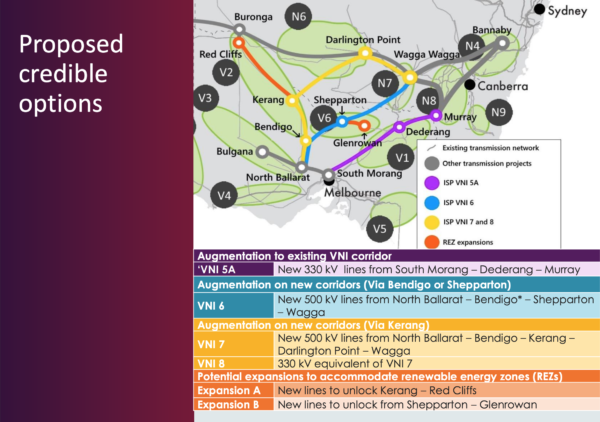
Image: AEMO
Fluence posits that, in an environment conducive to making decisions within a shorter time frame, virtual transmission on both sides of the interconnector would be able to start operations and yield economic value seven years earlier than the above-outlined traditional infrastructure.
Achal Sondhi, Market Applications Director for Asia Pacific region, says that Fluence calculates, “The 250 MW of additional capacity that a virtual transmission line solution would create across this corridor is valued at approximately $3.2 million to $3.7 million of economic value each month: that is, the value created by enabling additional transfers, bridging the high price difference that currently exists between NSW and Victoria. This then scales up to $230 million to $266 million from 2021-2028, the earliest that other expansion options are projected to be in place.”
Just saying.
The process is currently what it is. “The system is quite prescribed, and AEMO is bound by its mandate and the rules,” says Clifford Bolt. “We plan to keep participating in that process, and assisting AEMO and TransGrid if they need it with clarifications and additional information to help them make their assessment.”
Flexing the BESS muscle
The Fluence virtual transmission line (VTL) proposal, at its simplest, consists of two 250 MW/125 MWh BES systems— at substations in Wagga Wagga in NSW, and at South Morang in Victoria — operating in tandem with one system charging, the other discharging, to enable more efficient use of existing transmission lines and thereby alleviate current and future limitations.
It can be rapidly deployed, but also flexible in its application because the storage can be scaled up or down as needed.
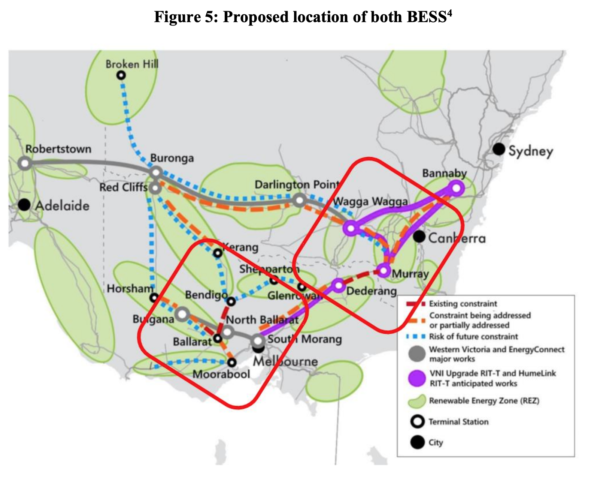
capacity between Dederang and South Morang. The proposed solution by Fluence can provide a
solution more quickly than the proposed Dederang to South Morang upgrade and could then supplement the upgrade to provide long-term benefits.
Image: Fluence
The Fluence solution provides the opportunity to evaluate as yet uncertain aspects of load growth and dispatch profiles — given, for example, proposals for giga-scale generation such as Star of the South off the coast of Victoria, the effect of aggregating rooftop solar into grid-responsive virtual power plants and microgrids, and the impacts of proposed pumped-hydro projects such as Snowy 2.0 and Tasmania’s Battery of the Nation.
BESS assets also need not be restricted to providing transmission services if needs change during their lifetimes — Fluence says rated capacity of such units can be maintained for 10, 15 or 20 years — but units can also be redeployed or reconfigured to provide other network services as required.
An alternative to long-term deployment of the BESS system for transmission, says the Fluence submission, further illustrating the flexibility of BESS VTL solutions, is that investment in BESS today can enable AEMO and TransGrid to then “evaluate a more ‘right-sized’ upgrade of the transmission line, while receiving the benefits of the already installed BESS until after the upgrade of the transmission line is completed.”
Potential to change up expectations
Such flexibility is not yet a consideration of the RIT-T process, but it seems to better accommodate a rapidly transitioning system in which the potential of numerous factors is yet to be discovered, but the identified need for expanded transmission capacity is pressing.
Practically, a virtual transmission line could be in place in 2023-24, given that the Project Assessment Conclusions Report is due for completion in 2021, after which the RIT-T undergoes a disputes period and NSW components undergo Australian Energy Regulator RIT-T processes, which are followed by AER determination and contingent application processes for NSW works …
These regulatory processes are under review.
In the meantime, Fluence says other countries are set to demonstrate the value of BESS solutions in augmenting transmission. Germany’s Grid-Booster plan has some 900-1,300 MW of energy storage in the works “to relieve congestion on transmission lines and reduce costs due to the resulting inefficient dispatch of power,” Fluence writes in its submission to AEMO. Grid-Booster is part of the “Network Development Plan (NDP) 2030” released in spring of 2019 by the four German transmission system operators (TSOs).
Fluence, a globally operating joint venture between German conglomerate Siemens and US utility AES, provided advice on the proposed deployment of BESS VTL systems in Europe.
In the US, when California energy company SDG&E wanted to enhance grid reliability in the San Diego region and allow greater integration of renewable energy, Fluence supplied and installed two Advancion BESS with combined flexible capacity of 37.5 MW/150 MWh in just six months.
In Australia, Fluence Energy has a number of BESS installations, including the 10 MW/10 MWh battery at Lincoln Gap Wind Farm near Port Augusta in South Australia, which provides fast frequency response capabilities to meet connection requirements; and the AusNet-operated 30 MW/30MWh Ballarat BESS, designed to support critical peak demand in the region and ease constraints on transmission lines in Western Victoria that were causing curtailments of wind and solar generation.
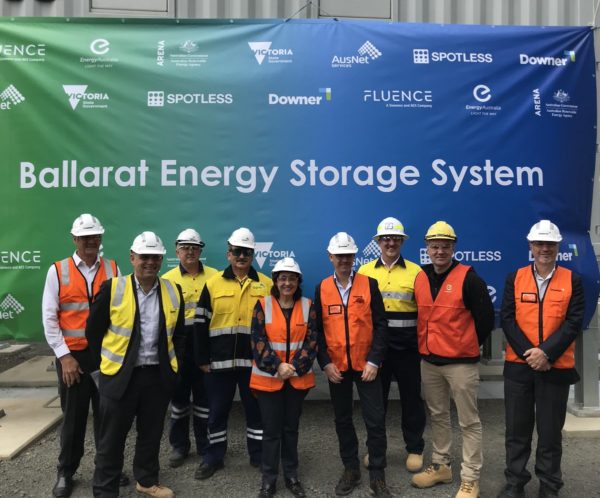
Image: Twitter, Lily D’Ambrosio MP
“Improving the way transmission operates unlocks renewables, helps manage flows between states, and helps unlock planned renewable energy zones,” says Clifford-Bolt.
He reiterates, that if there’s a RIT-T, “there’s a stated need, there’s a problem that will start affecting the network’s performance, operations, security and reliability. Every day it’s not solved means that problem exists and will cost taxpayers money.”
This article was amended on Tuesday9th June, 2020 to reflect the fact that the two BESS systems of 250 MW/125 MWh are considered as a 250 MW capacity addition (not 500 MW as previously stated), because they are working in tandem.
This content is protected by copyright and may not be reused. If you want to cooperate with us and would like to reuse some of our content, please contact: editors@pv-magazine.com.
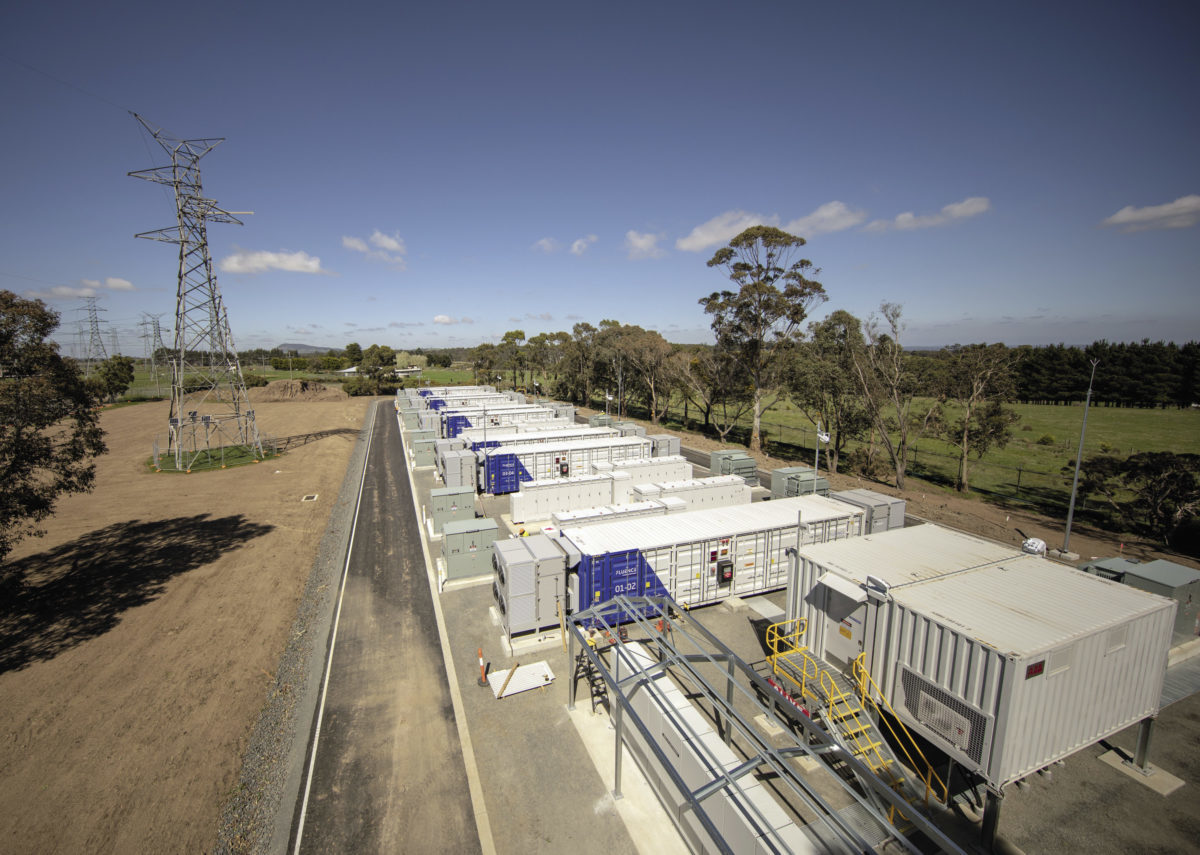
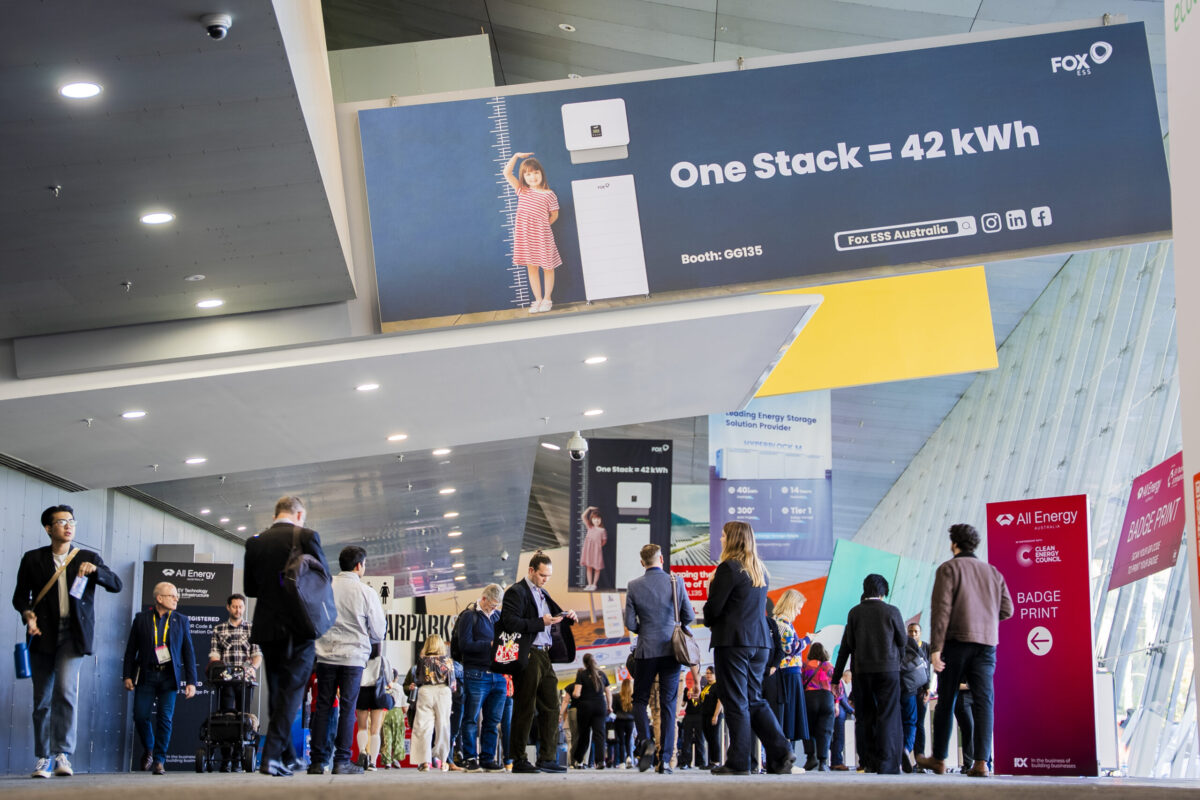


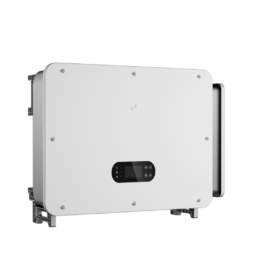
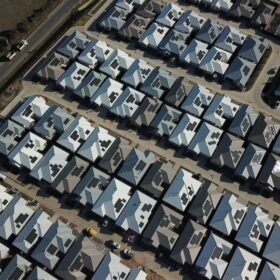
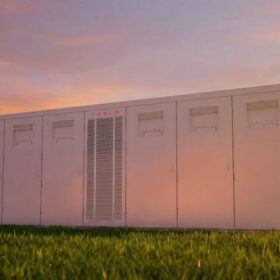
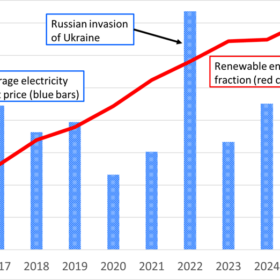
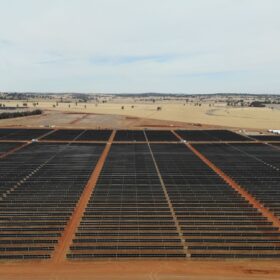
“The Fluence submission is titled Call for non-network options—VNI West. It presents a solution somewhat provocatively as deployable by December 2021 (“an accelerated timeline can be provided if required”), accentuating the snail’s-pace regulated process of transmission approval and build out, which would see traditional interconnector augmentation in place in 2028.”
People and their “scheduled” use of the electricity grid is one reason there are problems with distribution during certain times of the day. The 8 AM to 5 PM work day schedule is one reason. A lot of the HVAC lines are at almost full capacity during the day when factories are running and people working their “shifts”. At late night and early morning, there is the wake up electricity surge just before the solar PV systems begin to make good usable power. Having large scale energy storage systems distributed along the grid can supplement local population dense demands and allow a HVAC asset to be used more efficiently over a 24 hour period. IF not addressing grid loads during the day, then using HVAC capacity at night to charge the BESS late at night and early in the morning for the next days energy rush.